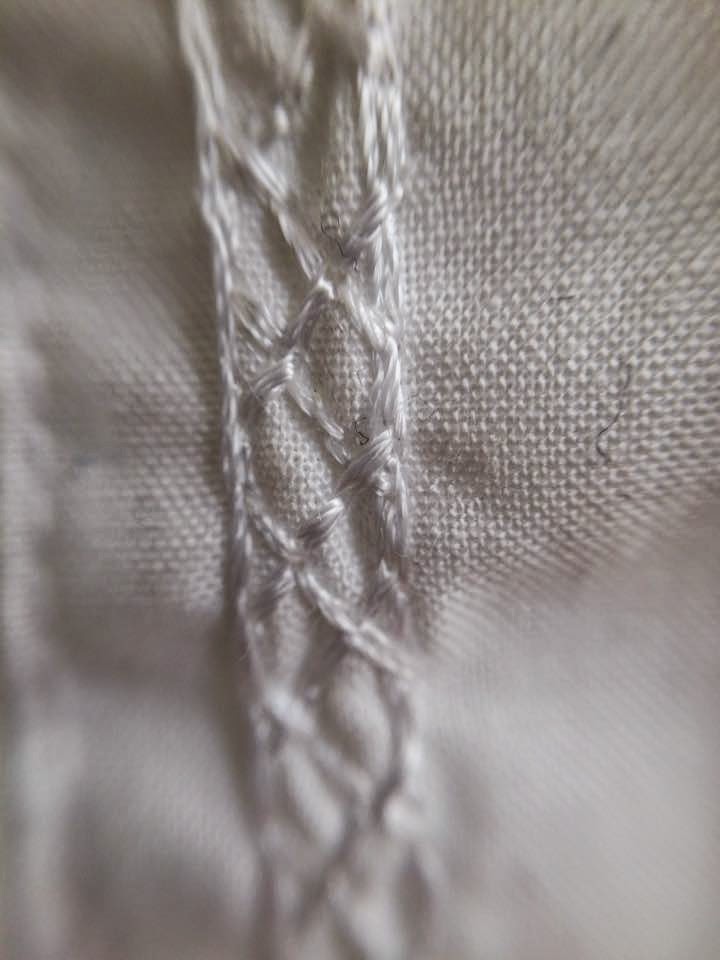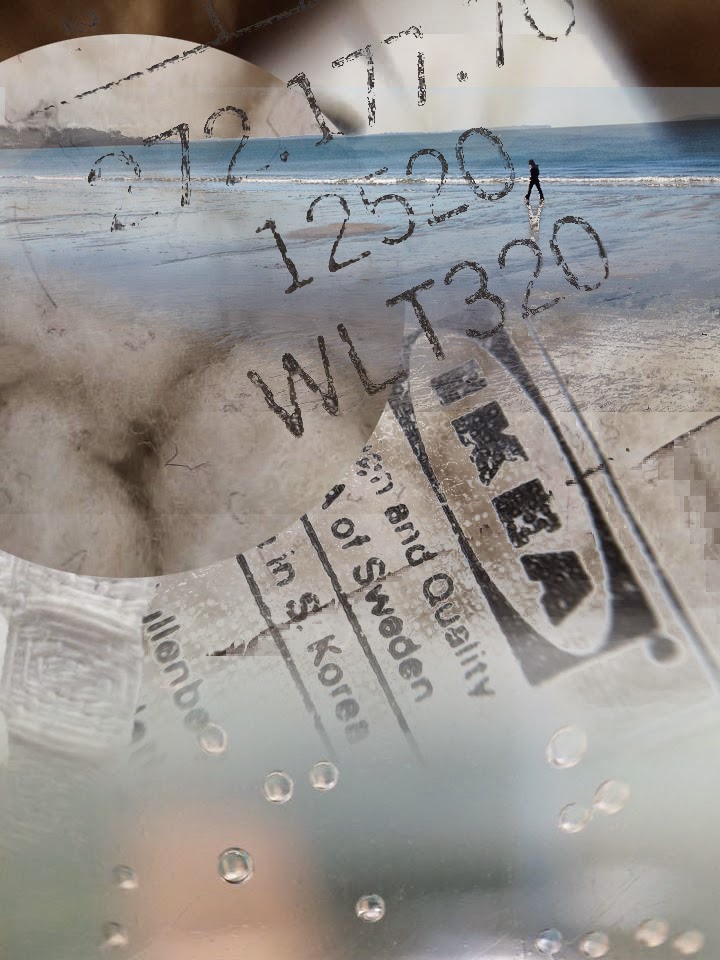My ritual of having my moose in the corner of my bed/room is a ritual because of how he has to be there and the way it makes me feel. By having moose sitting there it reminds me of home. He is something safe, familiar to me and is my personal thing that I have to know is there. My lack of actions towards him means that this is more of a emotional ritual. He is a ritual of comfort for me. He sits in the corner of my bed and therefore he is the last thing I see before I go to sleep. This is a comforting thing for me.
He is a ritual to me because of the actions that I take around him, or lack of, but he has always been the last thing I see at night acting as a comforting and relaxing ritual that gives me peace of mind on a daily basis.
By having Moose always there it makes me feel comfortable, relaxed, makes me think of home, my childhood and my family. He has never been a played with toy for long but I subconsciously know that I have had him my whole life which is calming and creates a feeling of being connected to home even if I am not.
These photos are to do with my ritual literally or more within an emotional way of how it makes me feel.
 |
| The peace of mind that moose gives to me connects me to home where I am surrounded by water, which is the reason for this photo |
 |
| The warm feeling of home is presented in this image as its of a blanket that is from home |
 |
| This is a photo from my home or near of which I relate to as peaceful and the beauty of home |





























